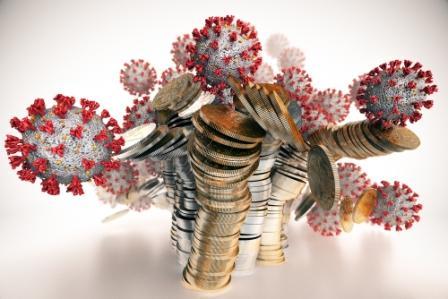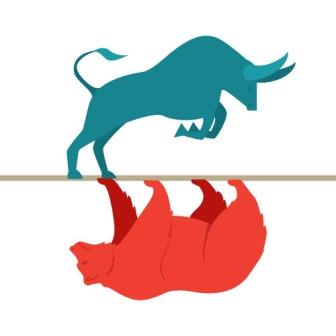
Global economy is passing through an unprecedent phase. Unlike an economic crisis triggered by an oil price shock or financial market turmoil, the current recession is the result of a health crisis. IMF predicts the global economy to contract by 4.9 per cent in 2020, much deeper than the contraction seen during the Global Financial Crisis. Most of the economies witnessed a double-digit contraction in GDP growth rate for the first quarter of FY21.
The Indian economy contracted by 23.9 percent in Q1FY21. Consumption demand as measured by Private Final Consumption Expenditure (PFCE) registered a contraction of 27 percent, whereas investment demand as measured by the Gross Fixed Capital Formation (GFCF) registered a contraction of 47 percent.
Consumption being the backbone of the Indian economy, it’s contraction could have ripple effects across the sectors. In an uncertain economic outlook, with job losses and pay cuts, there will be a change in the composition of consumer spending as people will prioritise their spending. There will be a general tendency to save more and consume less, especially a cut back on discretionary spending. To quote Nobel Laureate Robert J Shiller “Economic slowdowns can often be characterized as periods of hesitation. Consumers hesitate to buy a new house or car, thinking that the old house or car will do just fine for a while longer”.
With a falling consumption demand, incentive to invest would be less. The investment demand in the country has been lagging behind, and the pandemic induced crisis has only worsened the situation. Considering the uncertain economic scenario, investment demand would continue to be in the negative territory in the coming quarters.
The agriculture sector emerged as the bright spot in a gloomy economy. For instance, Gross Value Added (GVA) of the agriculture sector registered a growth rate of 3.37 percent in Q1FY21, while other sectors were in the negative territory. The reverse migration to rural India could support the agricultural sector. However, it has a flip side also; sectors such as construction is facing the brunt due to the shortage of labour in urban India. And, the construction sector contracted by 50 percent in Q1FY21.
On the background of falling output, rising inflation rate is a challenge for the government and the Central Bank. Inflation rate as measured by Consumer Price Index (CPI) breached the upper band of 6 percent for the fifth consecutive month at 6.69 percent in August’20. The major contributor to the rising inflation rate is the surge in food prices. Food inflation rate registered a growth rate of 9.05 percent in August’20. The contraction of GDP along with the rising inflation rate ignites the fear of stagflation in the Indian economy. However, it is too early to say the economy has entered the stagflation path. For instance, Wholesale Price Index (WPI) has been in the negative territory for the last four months before climbing to 0.16 percent in August’20. Thus, the surge in prices at the retail level is mainly due to the supply-side disruptions caused by lockdown. Yet, the heavy rainfall in August in various parts of the country could play the spoilsport in pushing the food prices upwards, both at the wholesale and retail level.
The revival of economic activity is highly dependent on how early we would able to contain the spread of the virus. And, once the economy is inching towards a normal path, meaningful policy measures would have a positive impact on the economy.









